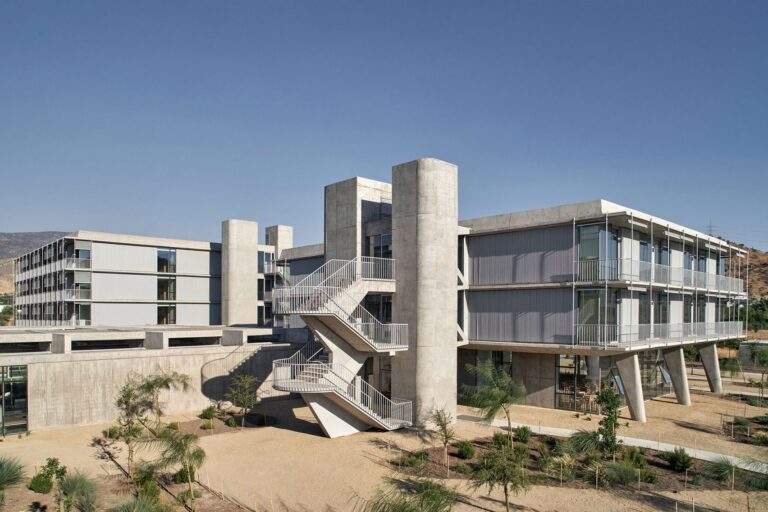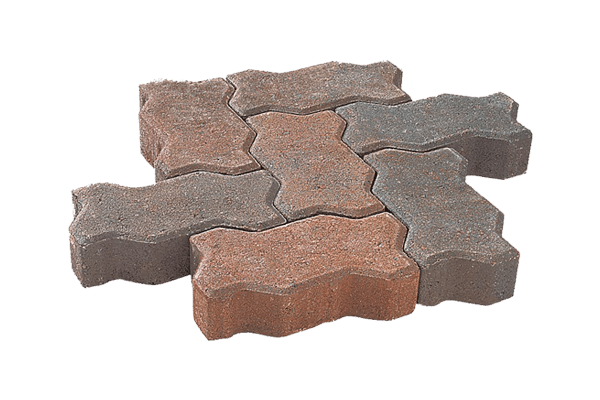In recent years, the relationship between architecture and cryptocurrency has grown increasingly intertwined, particularly within the luxury sector. The volatile nature of Bitcoin and other cryptocurrencies has created ripple effects across multiple industries, including real estate and high-end construction projects. This article takes an in-depth look at how the fluctuation of Bitcoin prices influences luxury architecture, specifically focusing on financing, costs, and the availability of resources for prestigious construction endeavors.
Bitcoin’s Influence on Luxury Real Estate and Construction Financing
The luxury real estate market has always been closely linked with the economic trends of the wealthy, and Bitcoin’s rise to prominence has added a new dynamic. As cryptocurrency values surged, many investors who had gained significant wealth through Bitcoin began redirecting these gains towards tangible assets like real estate. According to Knight Frank’s Wealth Report (2021), nearly 15% of the world’s ultra-high-net-worth individuals (UHNWI) have invested in cryptocurrency, with a large portion subsequently channeling this wealth into luxury real estate.
For high-end construction projects, Bitcoin’s volatility has both opportunities and risks. During periods of significant Bitcoin appreciation—such as in late 2020, when Bitcoin reached its peak of $29,000, and again in 2021, when it soared beyond $60,000—developers found a fresh wave of clientele who were eager to convert their crypto profits into physical assets like luxury villas and modern high-rise apartments. This influx of capital allowed for quicker project approvals, increased demand for bespoke features, and even payment flexibility, with some developers accepting Bitcoin transactions directly to simplify the sales process.
However, the uncertainty of Bitcoin’s value presents a challenge to these projects. When the cryptocurrency market took a downturn in 2022, with Bitcoin losing over 60% of its value, luxury projects faced delays and financing gaps as investors began to adopt a more cautious approach. The resulting lack of liquidity significantly impacted the timelines of many high-end construction projects, pushing developers to seek traditional bank financing as opposed to relying on direct cryptocurrency-backed investments.

Bitcoin’s Impact on Resource Availability and Construction Costs
Bitcoin’s influence on construction projects also extends to the availability of resources and the overall costs associated with luxury construction. During Bitcoin’s bullish periods, the demand for high-quality building materials and specialized labor increased, leading to greater competition for limited resources. Projects located in exclusive regions—such as Los Angeles, Dubai, or Miami—witnessed a surge in costs due to the availability of new wealth looking to create iconic, personalized spaces. For instance, in 2021, the average cost of luxury residential construction increased by 7%, according to Turner & Townsend’s International Construction Market Survey. The correlation between the rise in Bitcoin prices and higher construction material prices—such as premium marble, bespoke fixtures, and other artisanal elements—was especially prominent during this period.
On the other hand, Bitcoin’s market downturn also brought unique challenges. When cryptocurrency values fall sharply, potential buyers and developers often pull back, reducing demand for construction services. This unpredictability can create an unstable environment for suppliers, contractors, and laborers, whose businesses depend on a steady influx of luxury construction projects. This cyclical nature means that Bitcoin’s fluctuations have a direct impact on the day-to-day operations and costs for those engaged in the high-end construction sector.
Luxury Architecture Meets the World of Crypto: Case Studies
Several luxury projects highlight the dynamic relationship between Bitcoin prices and construction. In 2021, the Arte Surfside development in Miami, designed by renowned architect Antonio Citterio, made headlines for accepting Bitcoin as a form of payment. The project sold a penthouse for $22.5 million in cryptocurrency, setting a precedent for the industry. The successful sale underscored the growing influence of cryptocurrency wealth on the luxury real estate market and prompted other developers to adopt similar approaches.
Another notable example is the E11EVEN Hotel & Residences in Miami, which became one of the first luxury residential projects to accept cryptocurrency deposits. The development, which features high-end amenities and state-of-the-art design, reported that nearly 15% of its sales were backed by cryptocurrency, demonstrating how Bitcoin’s fluctuating value directly influenced the pace of the project’s sales and investor interest.

The Intersection of Innovation, Speculation, and Architecture
Cryptocurrency-backed real estate projects are inherently speculative, drawing parallels to the speculative nature of Bitcoin itself. Just as Bitcoin’s price depends heavily on market sentiment, so too does the luxury real estate market that has come to embrace cryptocurrency. When Bitcoin is performing well, luxury developers benefit from increased interest and rapid investment influxes. However, during bearish periods, these projects face uncertainties—investors grow cautious, and the demand for exclusive, customized residences diminishes.
The integration of Bitcoin into luxury construction also speaks to a broader trend of merging technological innovation with architecture. Developers are increasingly leveraging blockchain technology to secure real estate transactions, maintain transparency, and build investor confidence. This innovation extends beyond just transactions projects like the “CryptoHouse” in California, where buyers could purchase shares of a property using tokens, are an indication of how deeply intertwined luxury architecture and cryptocurrencies have become.
Bitcoin’s Long-Term Influence on High-End Architecture
The role of Bitcoin in luxury architecture will largely depend on how cryptocurrencies evolve in the coming years. Experts suggest that while Bitcoin and other cryptocurrencies will continue to influence the sector, the volatility that defines the market will make such investments high-risk. According to JLL’s 2023 Real Estate Outlook, the appeal of luxury properties to crypto investors will persist, but projects must be designed with the understanding that cryptocurrency-backed clients may be unpredictable.
In regions like Dubai, where the regulatory environment has been favorable to cryptocurrency investors, we can expect continued interest in luxury construction projects funded by Bitcoin. Dubai’s luxury market has already experienced a boost due to crypto millionaires seeking high-end residences, which has subsequently led to an uptick in luxury construction. Similarly, cities like Los Angeles and New York are witnessing a slow but gradual integration of cryptocurrency in high-end property transactions.
Conclusion
The luxury architecture market has always been susceptible to economic trends, and the rise of Bitcoin is no exception. As an emerging class of cryptocurrency investors seeks to diversify their holdings, high-end construction projects stand to benefit from increased funding, especially during bullish phases. However, Bitcoin’s volatility also presents a unique challenge one that developers must navigate carefully to sustain the growth of luxury construction without falling victim to the risks associated with digital assets.
Ultimately, the interaction between Bitcoin and luxury architecture is a fascinating development, showcasing how new forms of wealth are reshaping traditional industries. For the construction and real estate sectors, it is a reminder of the opportunities and risks that lie ahead, and the necessity of adaptability in an ever-evolving economic landscape.







